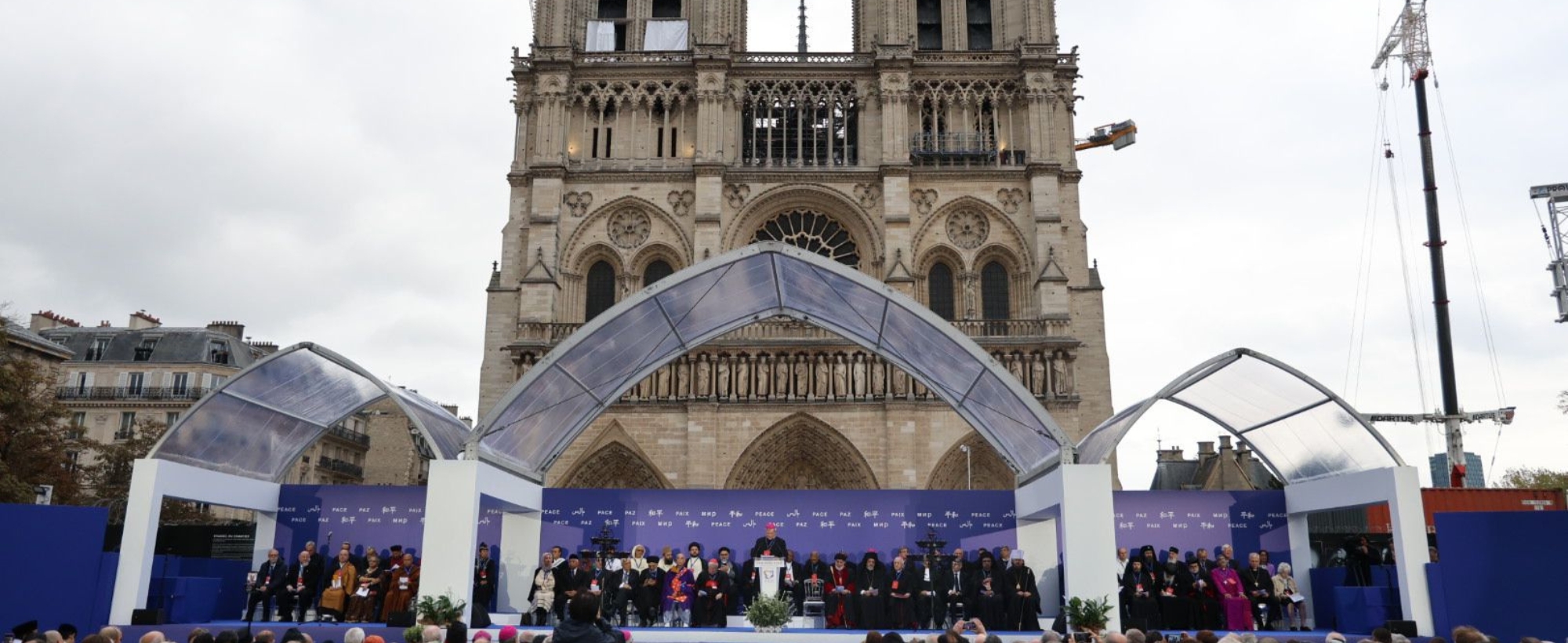
Ladies and gentlemen,
We gather today in a world that often feels fractured—by borders, by ideologies, by our own fears and misunderstandings. Yet, amidst this division, there remains a powerful, unifying truth: we are all part of one human family. The theme of our meeting, "Living Together for Peace," challenges us to reflect on this truth and to consider how we can move beyond coexistence towards true harmony.
Living together begins with the recognition that our differences are not barriers to peace but rather the rich fabric that makes our global society so vibrant. Diversity, whether cultural, religious, or ideological, is a source of strength. When we embrace this diversity, we open ourselves to new perspectives and ideas, fostering a deeper understanding of one another. In this understanding lies the foundation of peace.
Yet, living together is more than mere tolerance; it is an active, deliberate choice to engage with each other, to listen, and to learn. It requires us to step out of our comfort zones and confront our own biases and prejudices. It asks us to see the world through the eyes of others, to empathize with their struggles, and to celebrate their joys as if they were our own.
True peace is not just the absence of conflict but the presence of justice, equality, and mutual respect. To live together in peace, we must commit to building inclusive societies where everyone, regardless of their background or beliefs, has the opportunity to thrive. This means addressing the root causes of inequality and discrimination, ensuring that all voices are heard and valued.
Living together also requires us to cultivate compassion—compassion not only for those we know and love but also for strangers, for those who may live far from us, in places we’ve never visited. Compassion binds us together, reminding us that our well-being is linked to the well-being of others. It compels us to act in the service of peace, to extend a hand of friendship where there is division, and to offer support where there is suffering.
As we think about what it means to live together, we must also consider our shared responsibility to protect our planet. The environment connects us all, regardless of nationality or creed. Our actions today determine the future we leave for our children and their children. Living together for peace means living in harmony with nature, understanding that our survival is inextricably linked to the health of our planet.
Education plays a pivotal role in fostering a culture of peace. By teaching our children the values of empathy, tolerance, and respect, we prepare the next generation to carry forward the torch of peace. It is through education that we break down the walls of ignorance and build bridges of understanding. We must invest in education that not only imparts knowledge but also nurtures the qualities that make peaceful coexistence possible.
Ladies and gentlemen, the path to living together in peace is not always easy. It demands courage—the courage to confront our fears, to challenge the status quo, and to imagine a better world. It requires persistence, for peace is not achieved overnight but through sustained effort and unwavering commitment.
Let us be inspired by the countless individuals and communities around the world who are already living this ideal, who are building peace in their daily lives through acts of kindness, understanding, and solidarity. Their stories remind us that peace is possible, that living together in harmony is not a distant dream but a goal within our reach.
In closing, let us reaffirm our commitment to the ideals of peace and unity. Let us work together to create a world where differences are celebrated, where every person is treated with dignity, and where the bonds of our shared humanity are stronger than any force that seeks to divide us.
Thank you.
